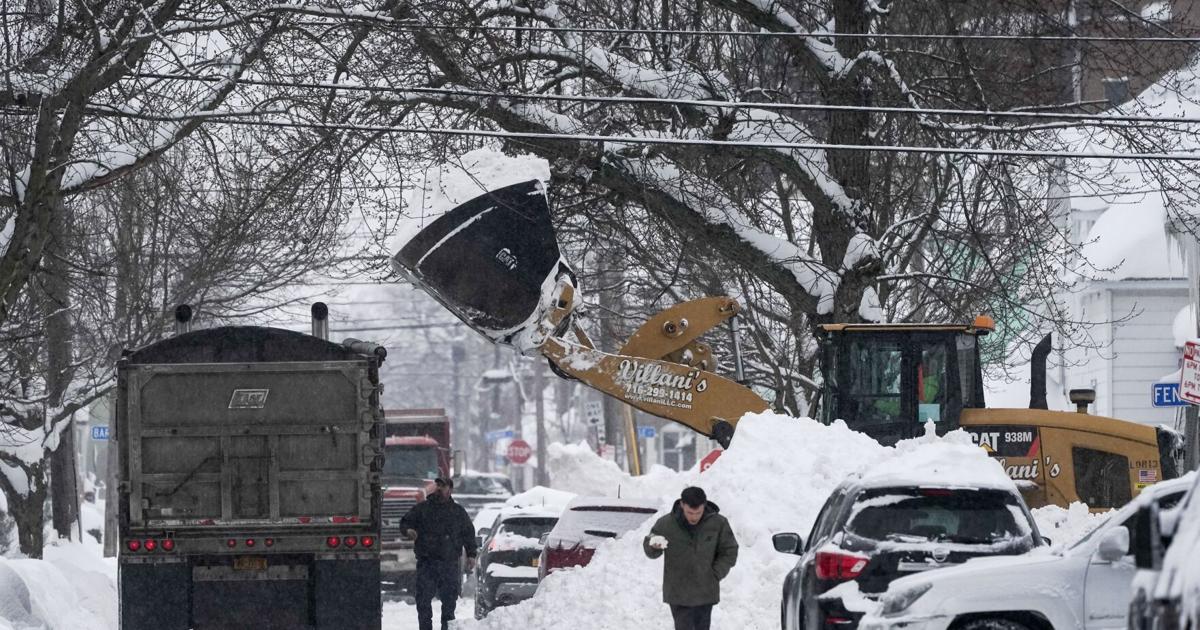It’s been more than a year since the Christmas week blizzard in 2022 that killed 47 people. Since then, government leaders at all levels have spoken out about the need for outside assistance to cover the local costs associated with major winter storm emergencies. But little has changed.
Meanwhile, extreme snowstorms like the two, back-to-back lake-effect snowstorms in January that dumped up to 6 feet of snow over parts of Erie County have created fiscal heartburn for elected leaders.
“What used to be a once-in-a-lifetime storm seems to be happening every two or three years,” said County Executive Mark Poloncarz, who proceeded to tick off the bad snow and ice storms that have befallen the region since 2014. “Most of those storms do not qualify for FEMA assistance.”
So local government officials are trying to figure out other ways of shouldering the burden of these major winter storm events. Buffalo Mayor Bryon Brown previously told The Buffalo News that he might have to raise taxes this year to accommodate residents’ snow-clearing demands during major storms.
Meanwhile, this past week Poloncarz announced plans to use $5 million in surplus money from the 2023 county budget to create a new winter storm fund. The goal of the fund is to earmark a pot of money solely to cover costs associated with extreme, unanticipated winter storms.
“I’m hoping we do not have to touch it,” he said. “If we don’t have to touch it, it means we haven’t had a significant storm. But I assume we’re going to have them. We’ve been having them repeatedly.”
He referred to the blizzard in January 2014 that involved high wind gusts and subzero temperatures but not deaths, the November 2014 storm that led to the deaths of 13 people, the major lake-effect storm in January 2019 that killed three people, the November 2022 storm that dumped nearly 7 feet of snow in Hamburg and Orchard Park, the Christmas week blizzard that killed 47…
Read the full article here

Leave a Reply